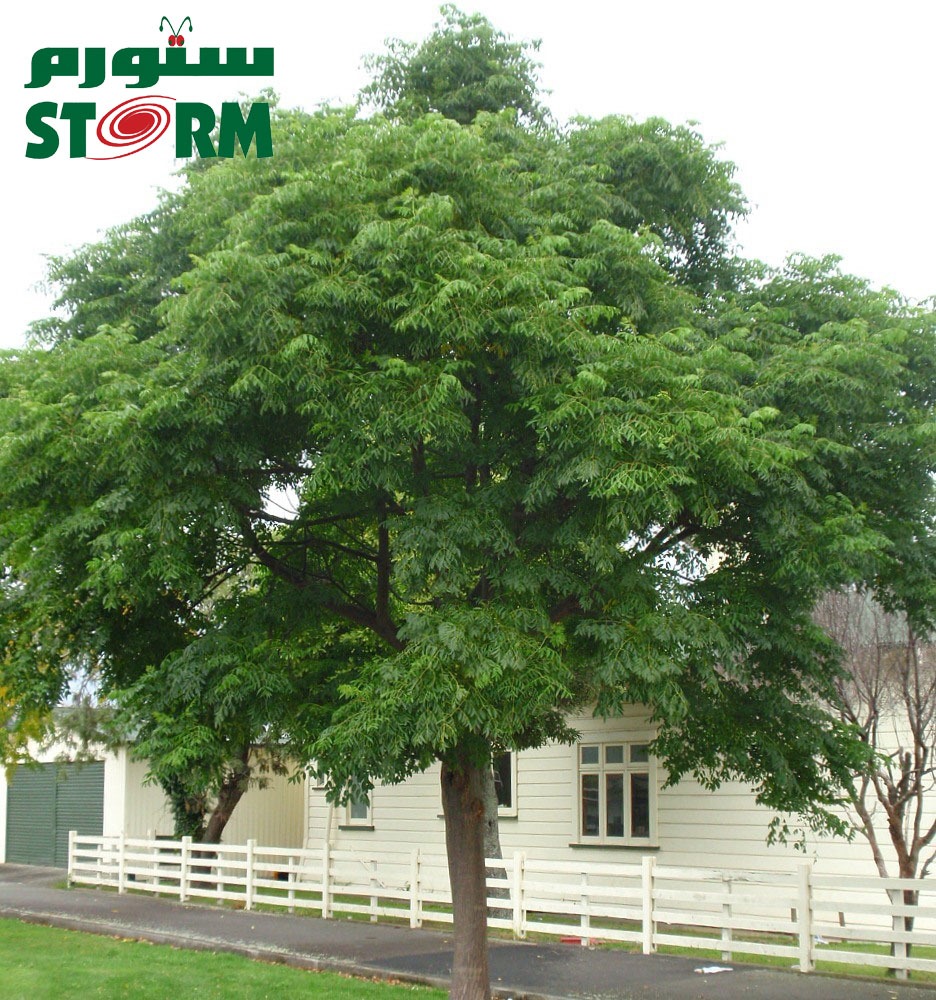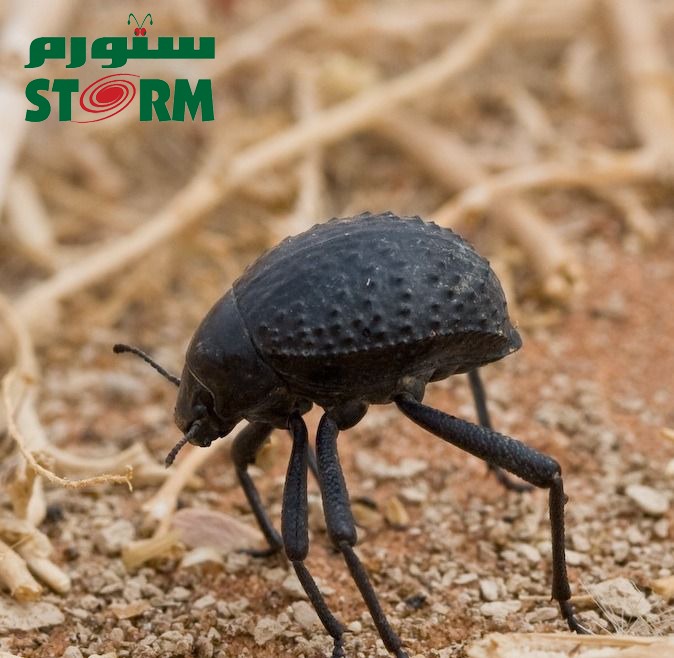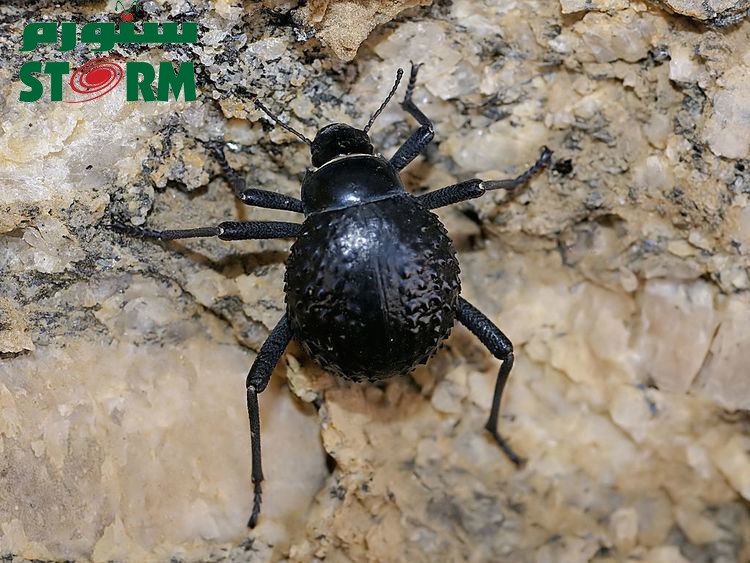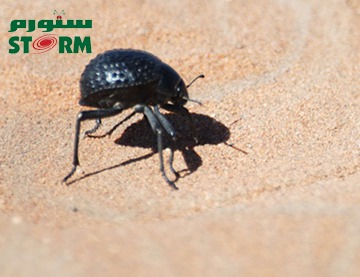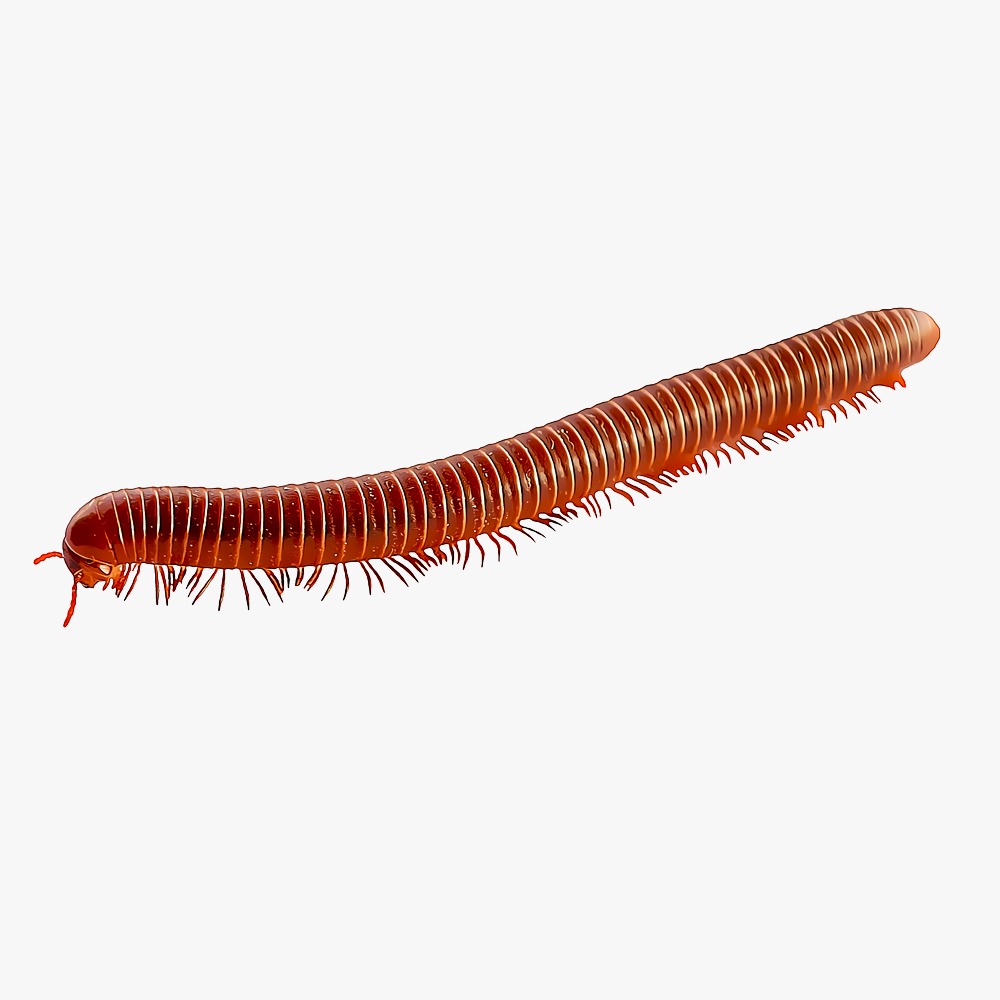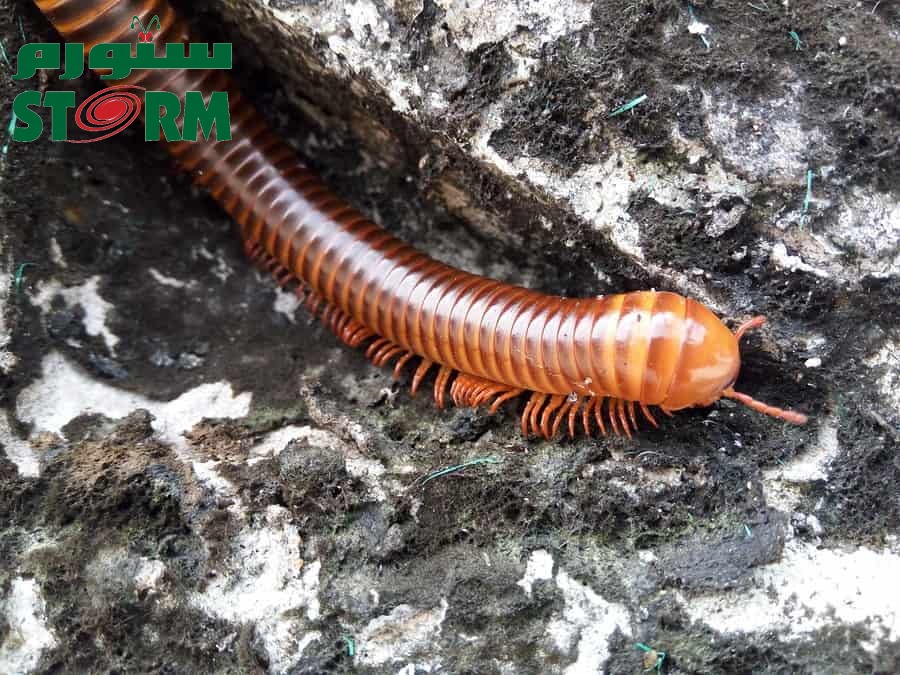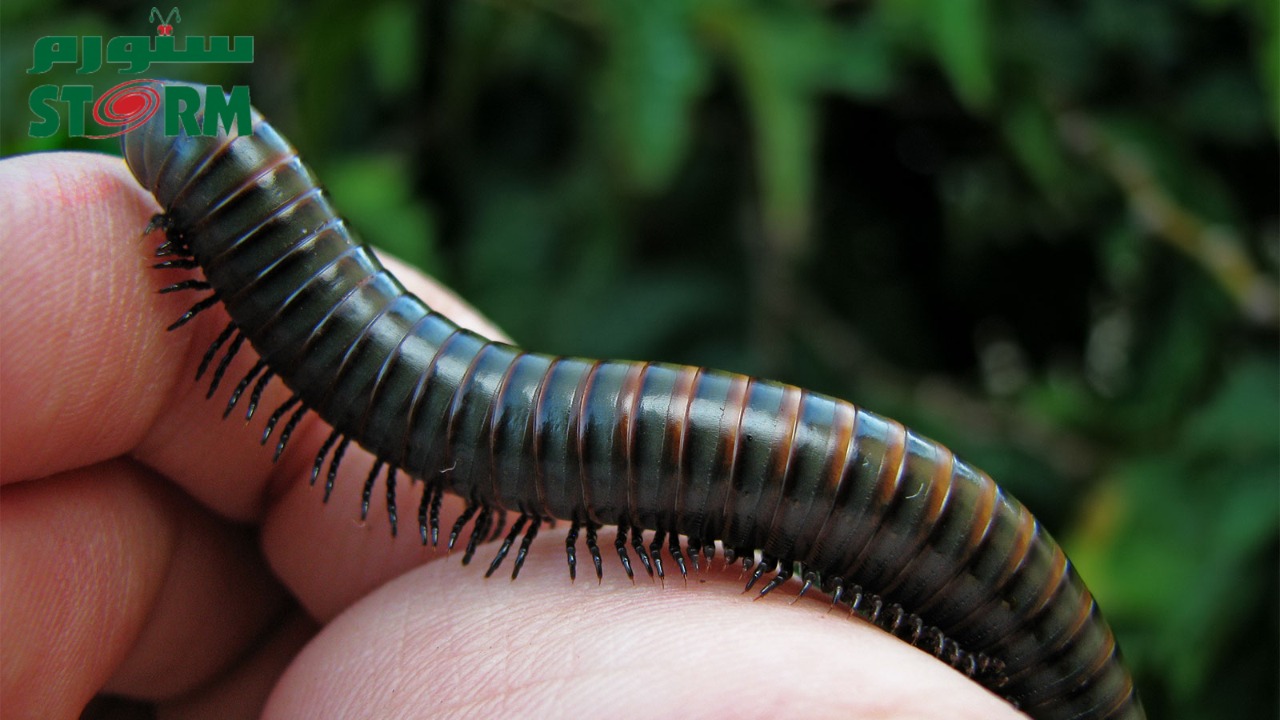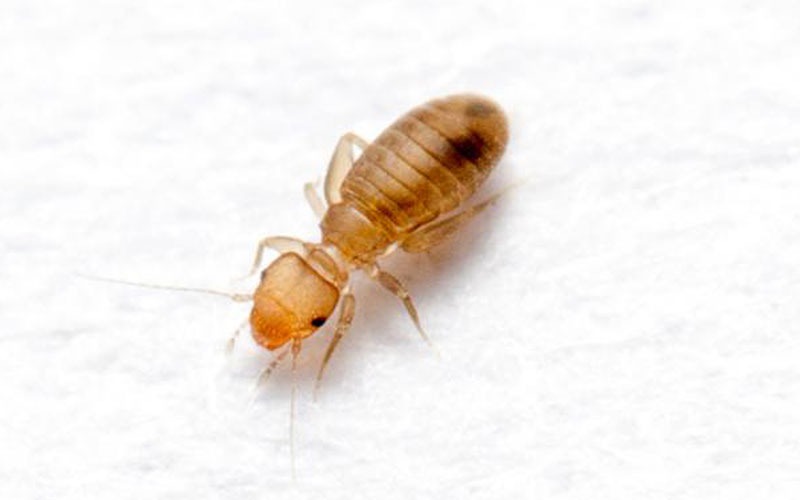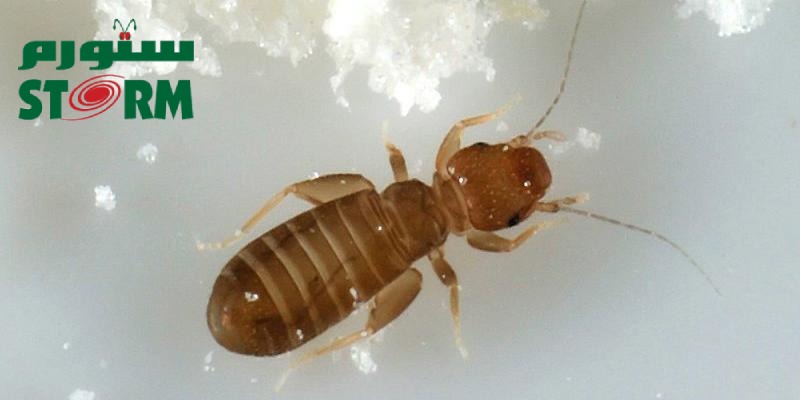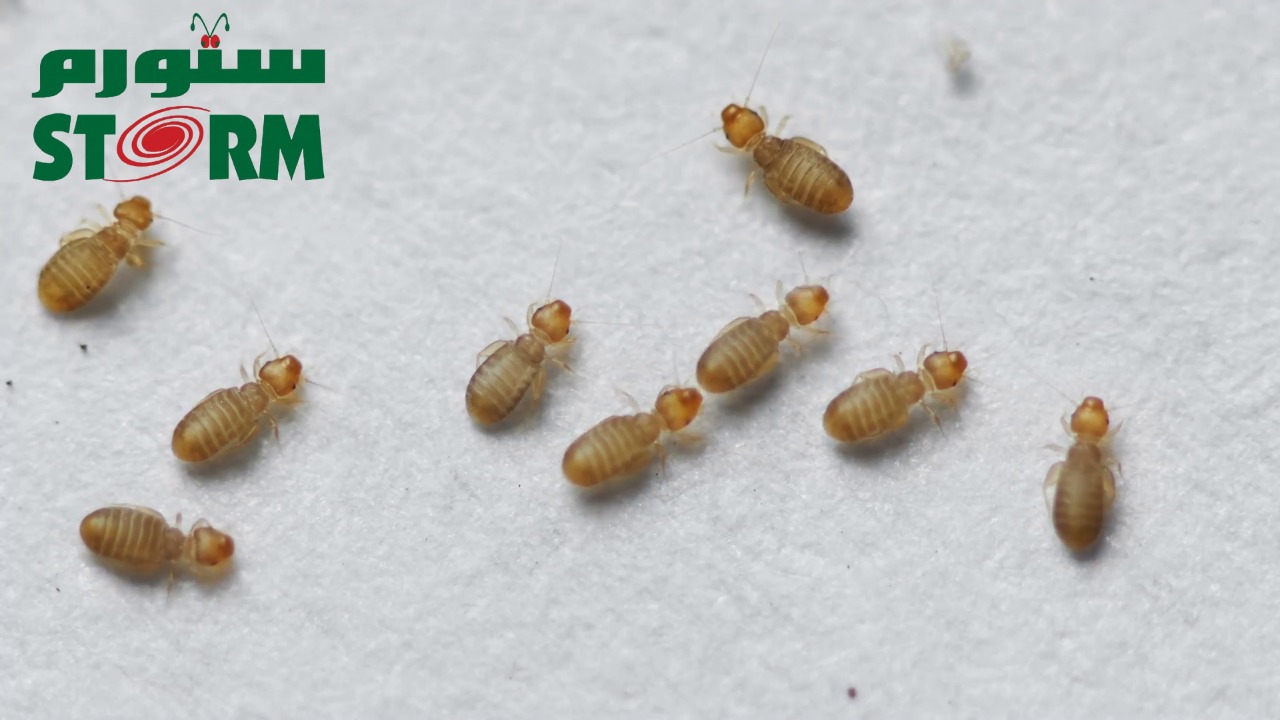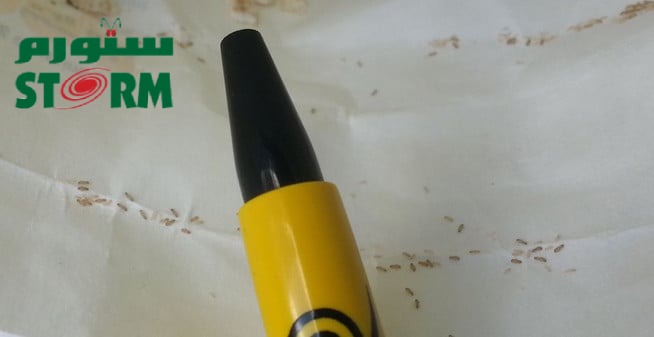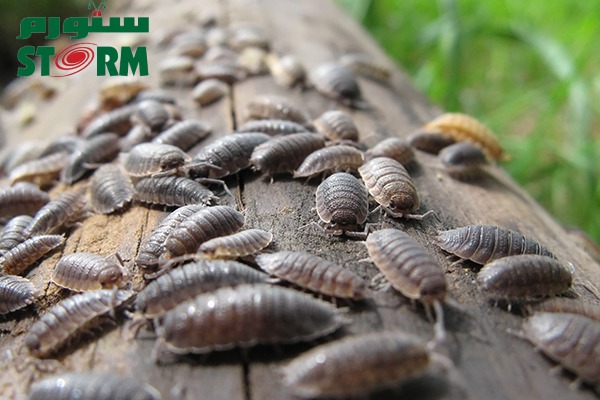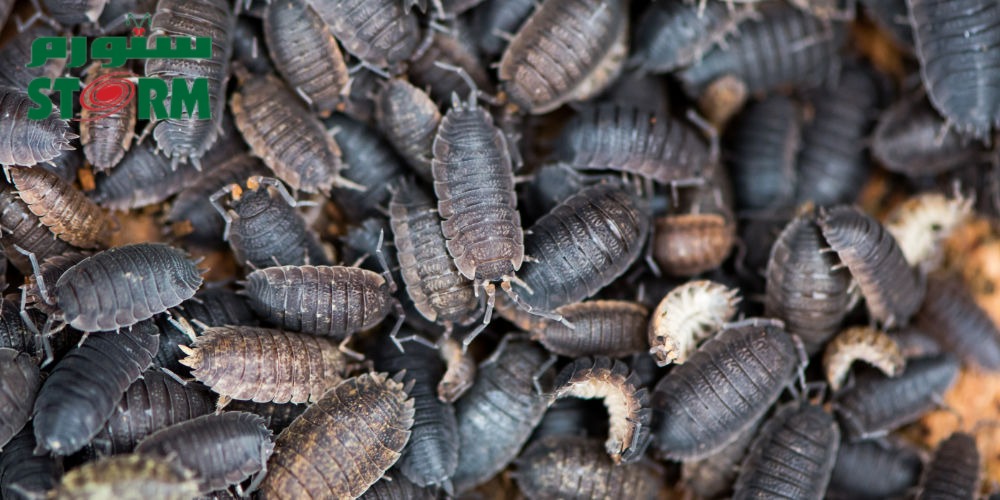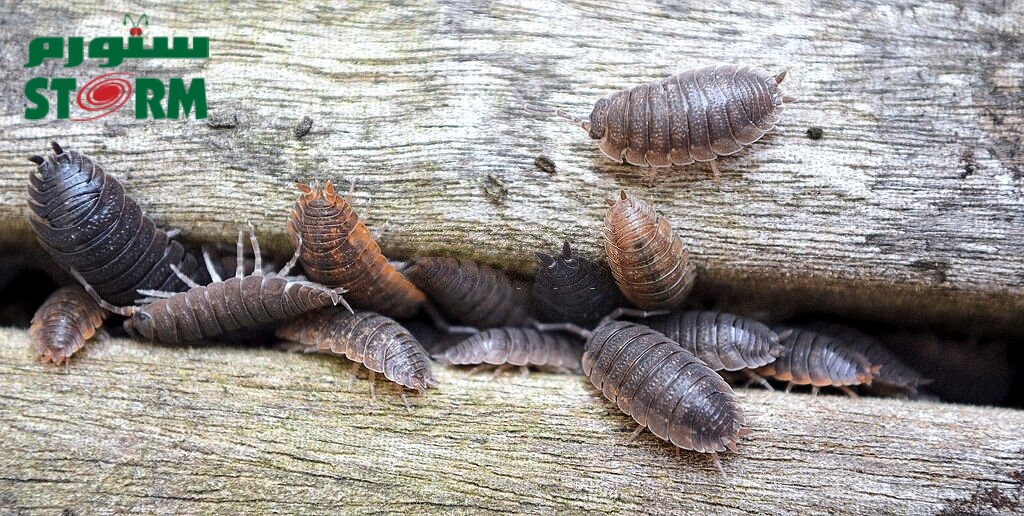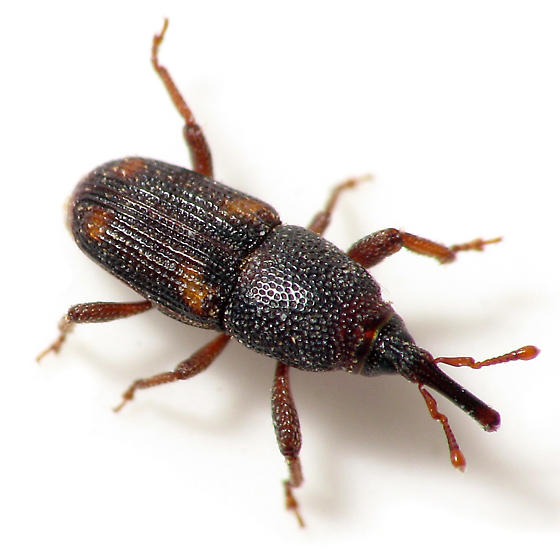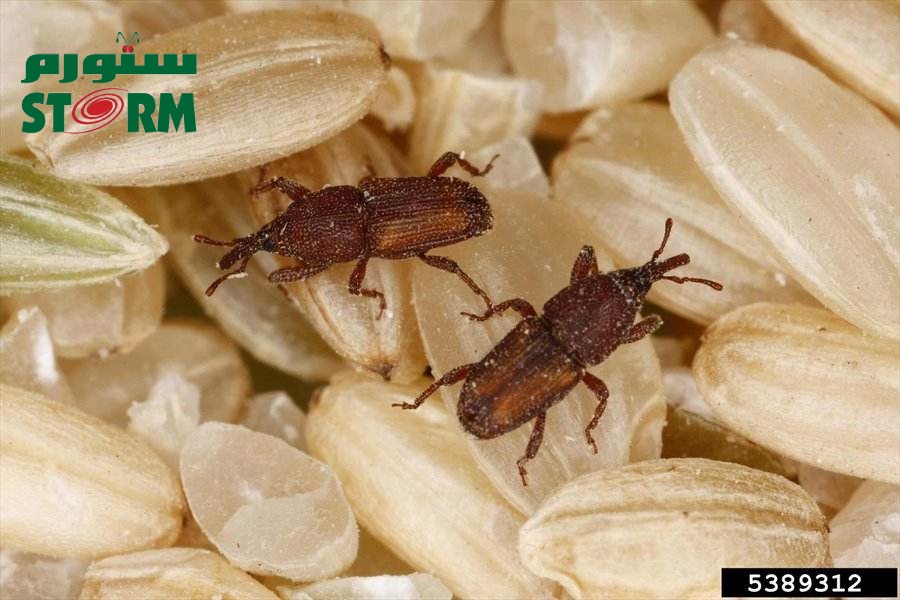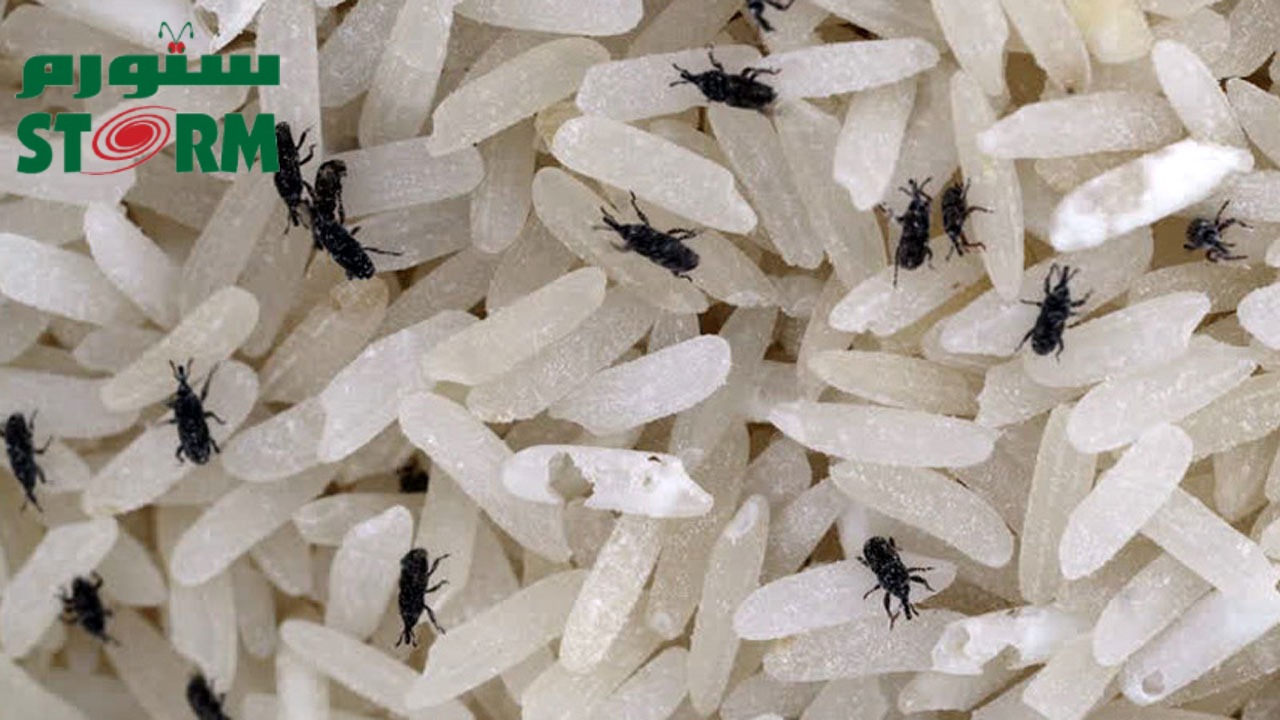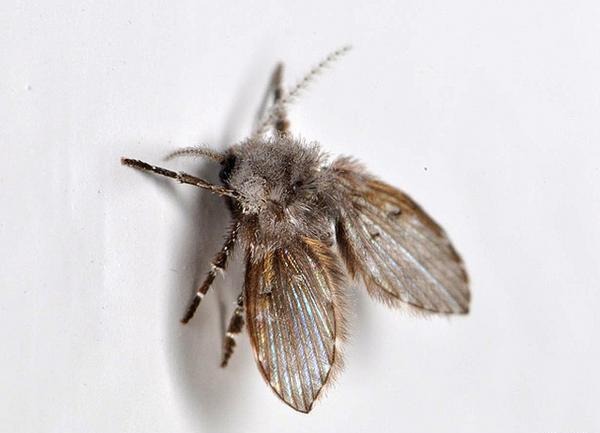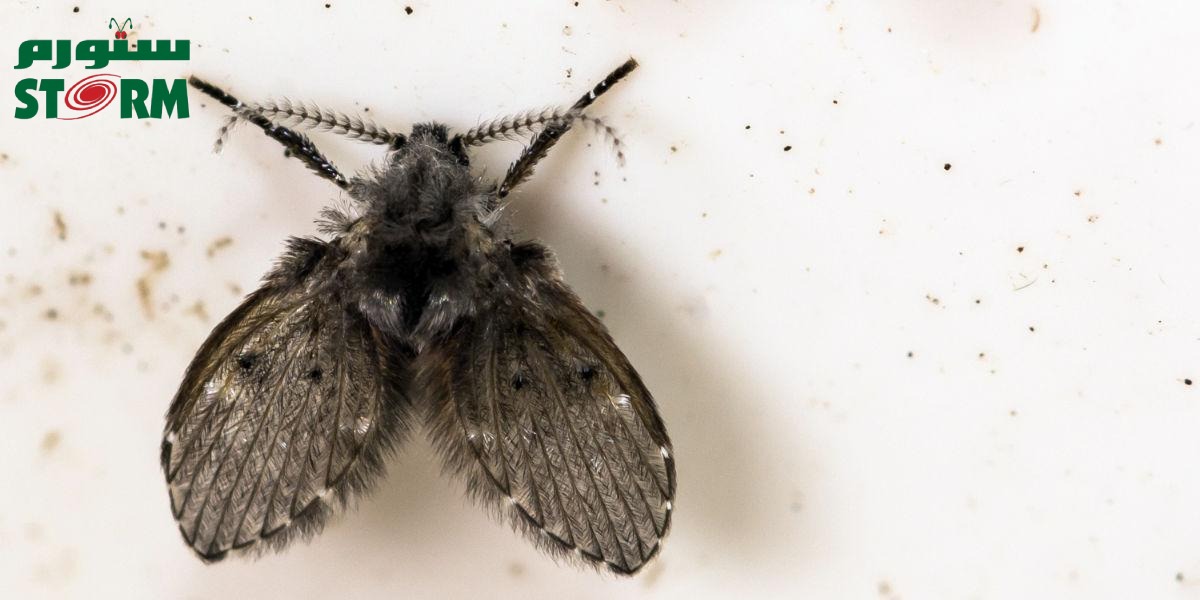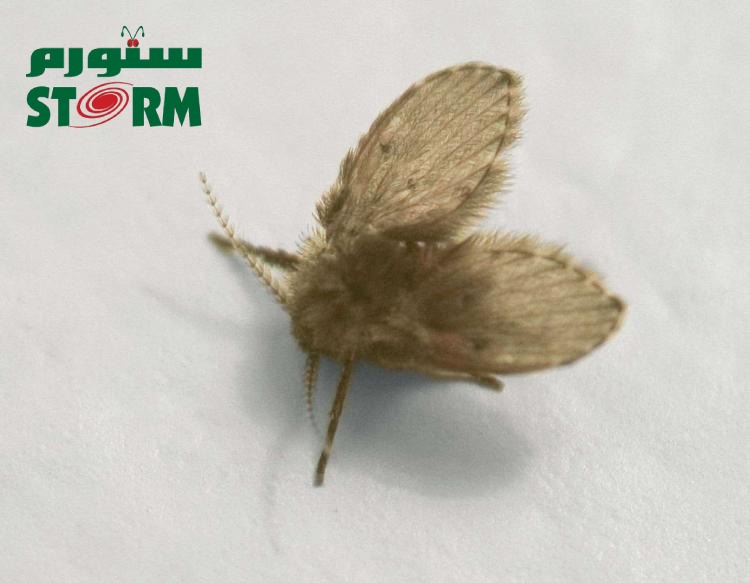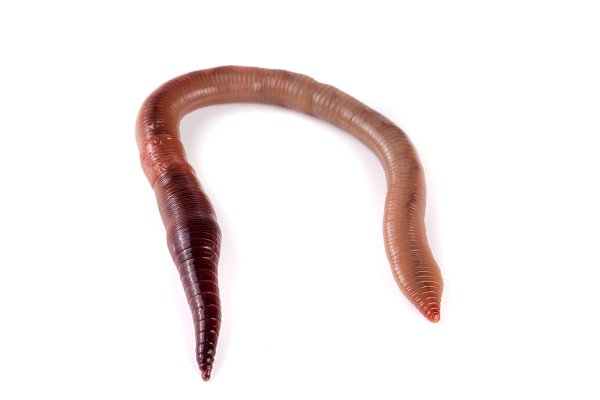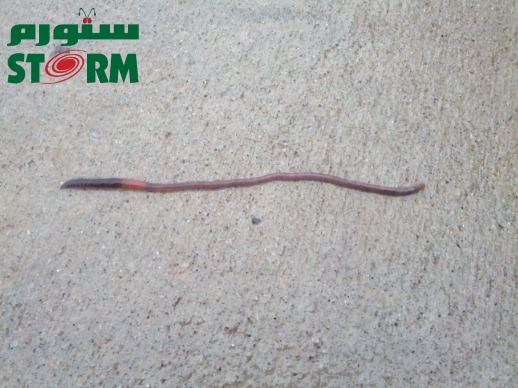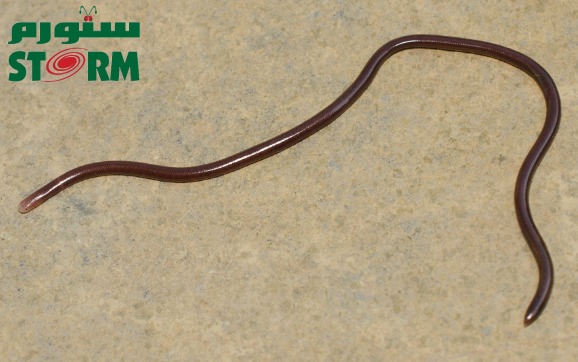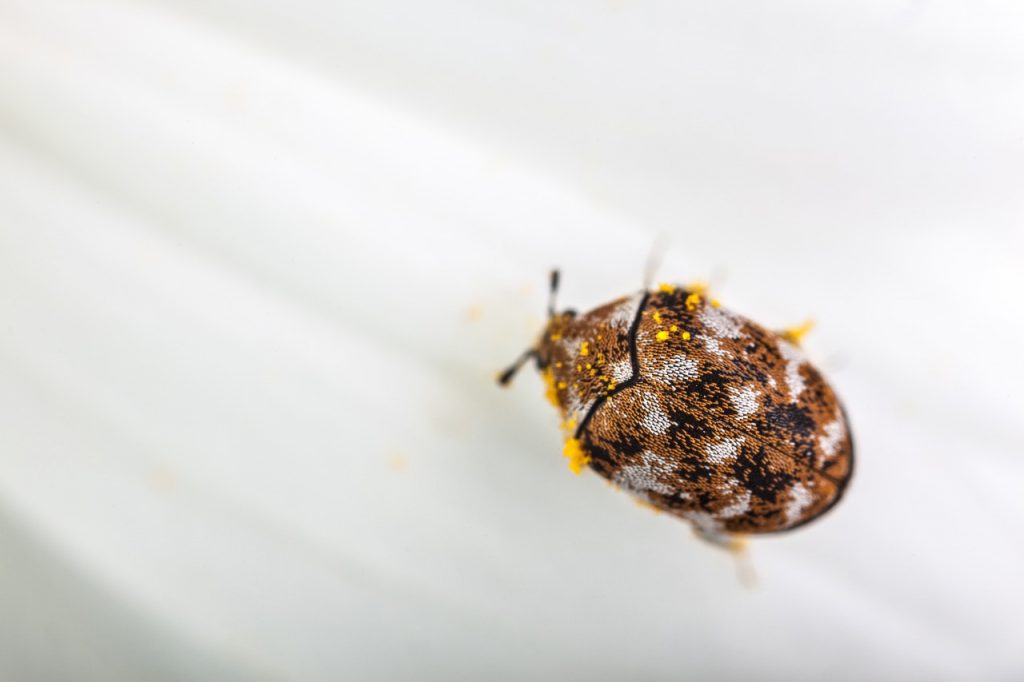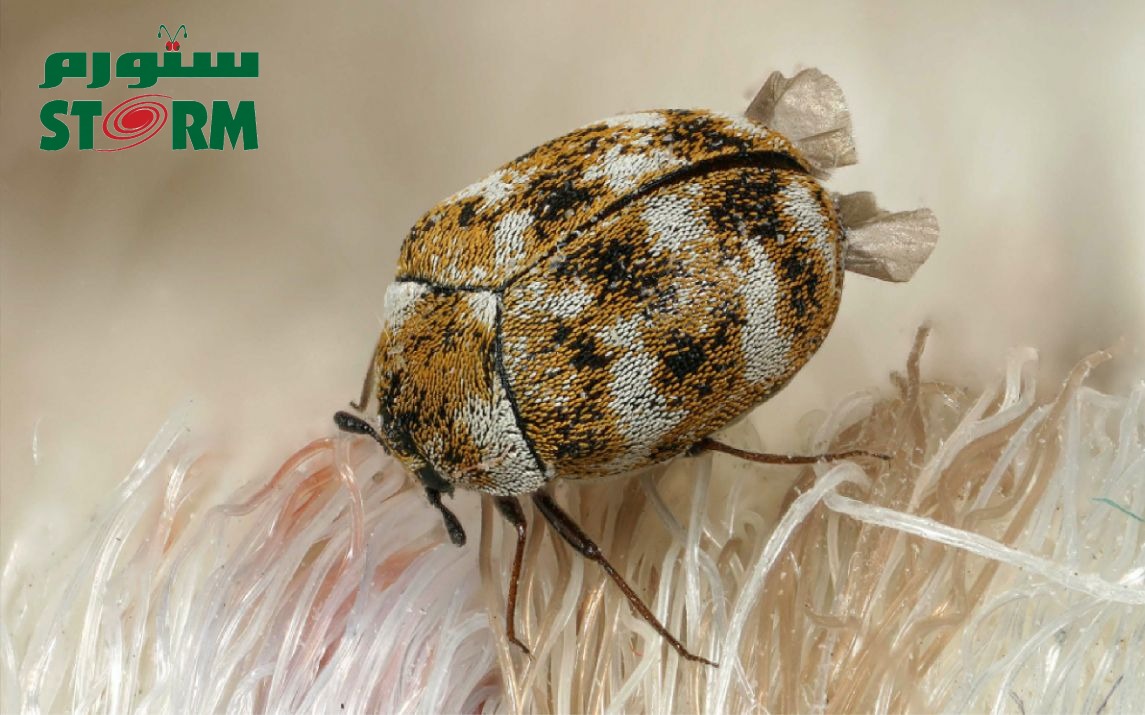If your home or garden contains annoying and harmful insects such as harmful moths, whiteflies, aphids, snails, mosquitoes, cockroaches, termites, etc. and you do not like to use pesticides or chemical products, which may pose a danger in the home to children, harmful animals and even grown ups; Here is a collection of natural plants to ward off insects and prevent their spread.
- Chinaberry Tree
It is a deciduous tree belonging to the mahogany family, and it is prominently planted as an ornamental around homes and on roadsides. It is characterized by its ability to repel insects and its aesthetics, in addition to its shade. It usually grows to a height of 30 feet and has a purple bark. In the spring it produces very fragrant purple flowers. In late summer it begins to produce berry-like fruits that are toxic to humans. These fruits last through January and change from bright green to light black. Many people still love to plant them to this day due to their ability to repel fleas and various insects.

- Camphor Tree
Mosquitoes search for blood using many senses, and one of these senses is an increased sense of smell. The scent of Camphor drowns out the mosquitoes, thus expelling them from the room.
Placing camphor tablets in the corners of the room can reduce mosquito attacks because the waxy substance in camphor evaporates on its own and fills the room with its scent; this makes camphor a mosquito repellent.

- Wormwood Tree
It emits strong chemicals when crushed. Wormwood is used to repel fleas and flies as well as some earthworms; even the mites will move away from the plant, which prevents them from laying their eggs on the plants, so it is recommended to plant wormwood near the cabbage; it prevents cabbage moth, and wormwood repels fruit tree moths. The presence of wormwood branches between the rows of carrots and onions deters flies. Other pests that avoid wormwood are ants, slugs, snails, and even mice.
- Neem Tree
Made from the seeds of the neem tree, neem oil contains a powerful insect repellent component. Neem oil kills or repels many insects such as harmful moths, whiteflies, aphids, snails, mosquitoes, cockroaches, termites, and others. Neem oil is also effective in preventing fungal diseases of plants such as black spot, rust and mildew. In addition, neem oil fights viruses that can harm plants.

 العربية
العربية
